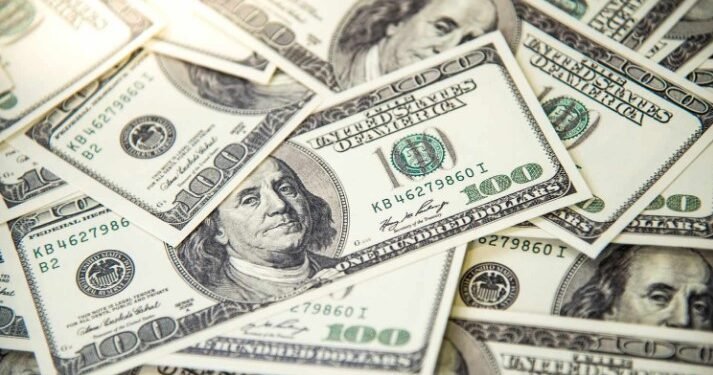The U.S. dollar has experienced a decline as the positive impact of recent economic data begins to diminish, while the Swiss franc has gained strength following an unexpected interest rate cut by the Swiss National Bank (SNB). The contrasting movements have sparked new volatility in global currency markets.
Contents
- 1 U.S. Dollar Weakens as Data Optimism Fades
- 1.1 Related posts
- 1.2 Bail Bonds 101: A Step-by-Step Guide for Families and Defendants
- 1.3 New Polls Show Ghana’s Opposition Leader Poised for Victory in Upcoming Presidential Election
- 1.4 England’s Earps Breaks New Ground as the First Female Footballer Honored at Madame Tussauds
- 1.5 Referee David Coote Suspended by PGMOL Following Alleged Verbal Abuse of Liverpool and Klopp in Video
- 1.6 UK’s Starmer Set to Meet Macron in France to Strengthen Ukraine Support Following Trump Victory
- 1.7 Biden Extends Congratulations to Trump, Extends White House Invitation
- 1.8 Trump’s return to power fueled by Hispanic, working-class voter support
- 2 Global Implications of Diverging Monetary Policies
U.S. Dollar Weakens as Data Optimism Fades
The dollar, which saw a brief surge after positive job growth and inflation data, has begun to slip as investors question the sustainability of the U.S. economic recovery. Despite early optimism, concerns about a potential economic slowdown and future Federal Reserve rate policies have dampened enthusiasm, pushing the dollar lower against major currencies.
Global Implications of Diverging Monetary Policies
These shifts in the currency markets underline the divergent paths of monetary policies between the U.S. and Switzerland. The weakening dollar and strengthening Swiss franc highlight the delicate balance central banks must strike between supporting growth and managing inflation, as the global economic outlook remains uncertain.
Read more also:- Australia and Britain Set to Sign Landmark Treaty for Joint Submarine Production

















